Navigate the profound insights of Easter in the Bible, uncovering themes of resurrection, hope, and eternal salvation—discover what lies beyond.
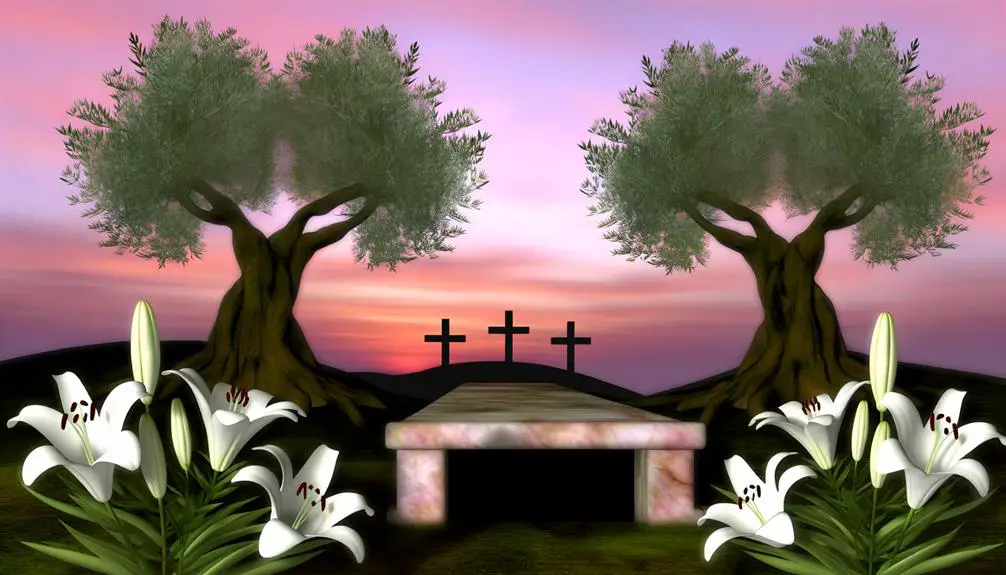
Easter in the Bible Verse
In the Bible, Easter is primarily recognized through the narrative of Jesus's resurrection, a pivotal event underscored in Christian doctrine. The resurrection, as described, represents a profound victory over death, providing the theological foundation for eternal redemption. This event isn't just a historical note; it serves as a cornerstone for Christian hope, emphasizing the idea that life can transcend physical death. Passages like Matthew 28:5-6 and Luke 24:6-7 offer detailed accounts of the empty tomb and Jesus's victory over death. Exploring these scriptures further, you'll find interconnected themes of sacrifice, renewal, and the immutable promise of salvation.
Key Takeaways
- Easter in the Bible primarily celebrates Jesus's resurrection, as described in the Gospels of Matthew, Mark, Luke, and John.
- Key verses include Matthew 28:5-6, where an angel tells Mary Magdalene and Mary that Jesus has risen.
- Luke 24:6-7 recounts the angel's message that Jesus has fulfilled His promise to rise after three days.
- John 20:16-17 depicts Mary Magdalene's encounter with the risen Christ, affirming His resurrection.
- The resurrection signifies triumph over death, central to Christian hope and the promise of eternal life.
The Last Supper Explained
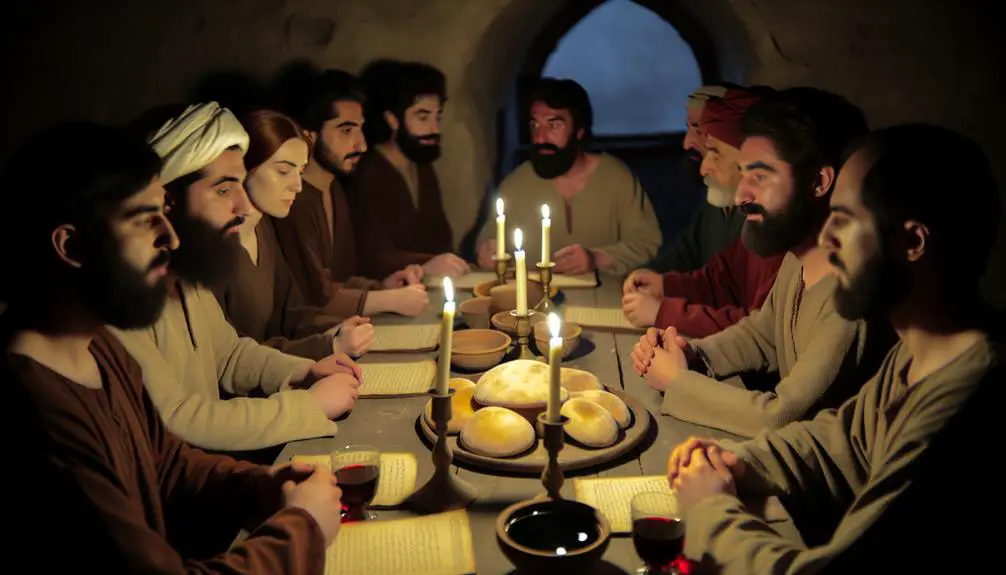
The Last Supper, a pivotal event in Christian theology, was Jesus' final meal with His disciples before His crucifixion, encapsulating deep symbolic significance and prophetic declarations. During this intimate gathering, you'll find that Judas's impending betrayal was not merely a subplot but integral to the unfolding narrative. Jesus, fully aware of Judas's intentions, chose this moment to reveal the betrayal, which paradoxically set into motion the fulfillment of divine prophecy.
In examining the communal traditions present, you'll notice the Last Supper was steeped in the ritual of Passover, yet Jesus infused it with new meaning. He introduced the Eucharist; the breaking of bread and sharing of wine as His body and blood, symbolizing a new covenant between God and humanity. This act wasn't just symbolic but a foundational tradition for Christian communal worship, emphasizing unity and collective memory.
Analyzing the dynamics at the table, it's clear that Jesus used this occasion for teaching about humility and service – washing the disciples' feet – and about the nature of sacrifice. The Last Supper serves as a profound theological event that redefined the messianic expectations and emphasized the sacrificial nature of Jesus's mission.
Gethsemane: A Night of Trials
After exploring the scene of the Last Supper, Jesus and His disciples entered the Garden of Gethsemane, where He faced profound spiritual turmoil and the stark anticipation of His impending arrest. The olive grove, with its deep roots and enduring strength, symbolizes peace and resilience, contrasting sharply with the inner conflict Jesus experienced. As you investigate further into the narrative, you'll see that the setting isn't just a backdrop but a significant participant in the unfolding drama.
The disciples' sleepiness, which you might find puzzling or even frustrating, serves as a stark counterpoint to Jesus's vigilance and distress. This contrast is not merely a detail but a profound symbol of human frailty and divine perseverance.
Aspect |
Symbolism |
Impact on Narrative |
|---|---|---|
Olive Grove |
Peace, Resilience |
Highlights Jesus's inner turmoil |
Disciples |
Human frailty |
Contrasts with Jesus's alertness |
Jesus's Prayer |
Submission to divine will |
Emphasizes spiritual struggle |
Arrest Anticipation |
Imminent suffering |
Builds tension, forebodes future events |
Setting (Night) |
Darkness, Uncertainty |
Amplifies sense of isolation and challenge |
As you reflect on these elements, consider how they deepen your understanding of this pivotal night, shaping the theological and emotional contours of the Easter story.
The Crucifixion Described
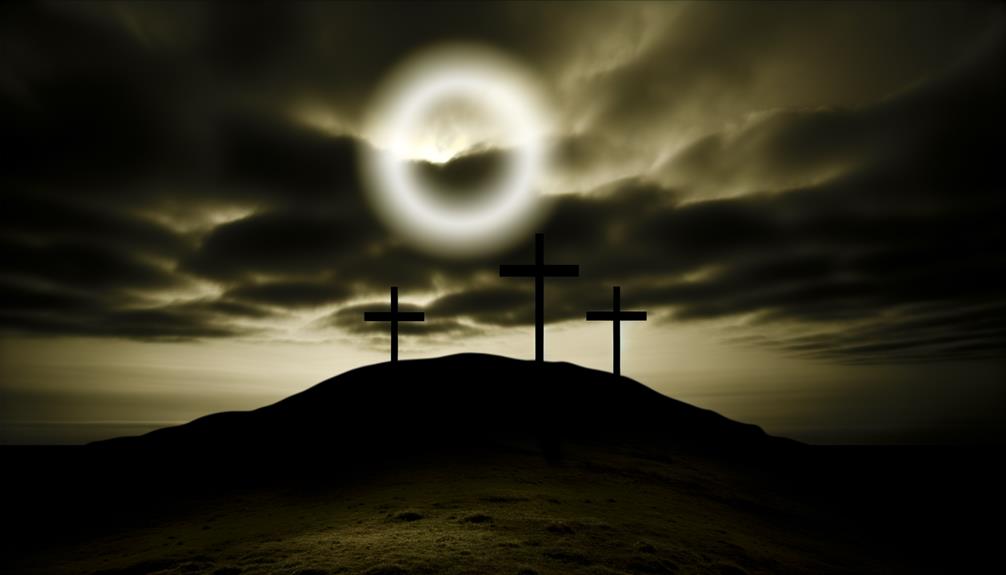
Upon reaching the culmination of His earthly mission, Jesus faced crucifixion, an event marked by profound theological significance and intense human suffering. The practice, rooted in Roman customs, was particularly brutal and intended as a public deterrent. Jesus's crucifixion, executed by Roman soldiers, was influenced by the pressures and accusations from Jewish leaders, who viewed Him as a threat to their authority and the stability of their relations with Rome.
The execution method itself—crucifixion—involved nailing the condemned to a cross, ensuring prolonged agony. You'd notice that Roman practices demanded that the crucified be placed in a highly visible location, magnifying the humiliation while underscoring the might of Roman law and order. In Jesus's case, this took place on Golgotha, a site easily observable from Jerusalem's walls.
The role of the Jewish leaders in this narrative is pivotal. Their interactions with Pontius Pilate, the Roman governor, highlight a complex layer of political and religious motivations aimed at removing what they perceived as a disruptive force. This alliance between the Jewish hierarchy and Roman authority culminated in a spectacle designed not just to punish but also to serve as a stark warning to any would-be dissenters.
The Significance of the Resurrection
Despite the despair induced by Jesus's crucifixion, His resurrection marks a significant shift, underscoring a victory over death and offering a new paradigm for understanding divine intervention in human affairs. You'll find, upon reflection, that the resurrection isn't merely a miraculous event; it's a cornerstone of Christian doctrine, symbolizing not just survival of the spirit, but a promise of eternal redemption. This event reshapes the contours of Christian hope, embedding a transformative message in the heart of the faith.
Theologically, the resurrection reinforces the idea that life transcends physical death, suggesting a divine orchestration that aligns with a broader, more intricate plan of salvation. This is important for your understanding of Christian eschatology—the part of theology concerned with death, judgment, and the final destiny of the soul and of humankind as a whole. Here, the resurrection serves as a definitive affirmation that death does not hold the ultimate power over human destiny; rather, it introduces a new beginning characterized by glorified existence.
For you, as a believer or a scholar, grappling with the implications of this event means engaging with a concept of hope that is not tethered to the material world but anchored in the promise of an everlasting life, as articulated through Jesus's victory over death.
Appearances of the Risen Christ
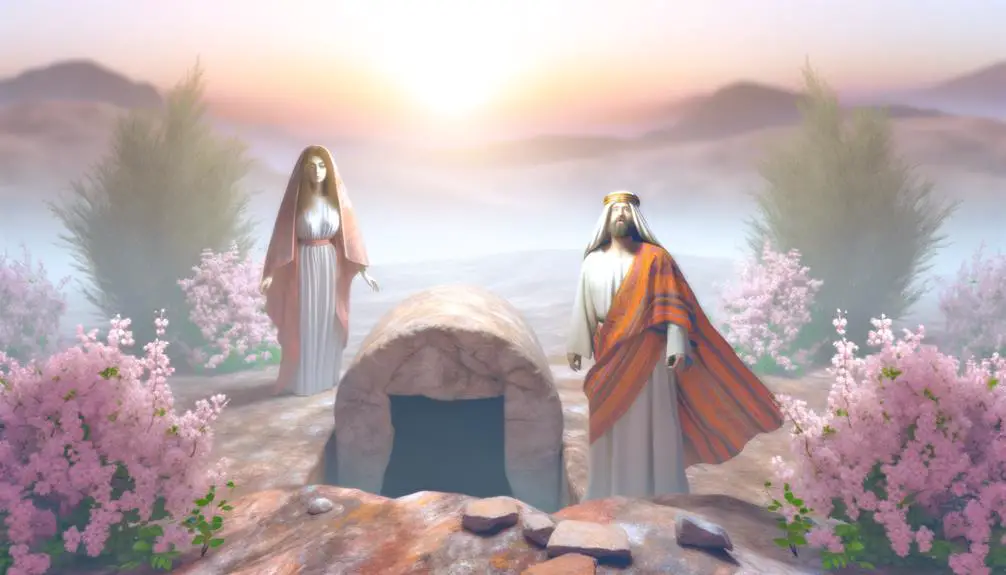
Several accounts detail the appearances of the risen Christ, each underscoring his tangible presence and profound impact on his followers. You'll find that these narratives, rich in theological and existential implications, offer not just proof of resurrection but also insights into the transformative encounters with Jesus.
One pivotal moment is on the Road to Emmaus, where Christ appears to two of his disciples. This appearance is particularly compelling as it combines the ordinary—walking and talking—with the extraordinary revelation of his identity through the breaking of bread. It underscores the idea that Christ can be recognized in daily acts and communal rituals.
Another profound appearance is when Christ confronts Doubting Thomas. This event emphasizes the importance of faith and the tangible reality of Christ's resurrection. Thomas' initial skepticism and subsequent belief are significant as they highlight the shift from doubt to faith, a journey many believers can relate to.
Below is a table illustrating key appearances:
Appearance |
Location |
Significance |
|---|---|---|
Emmaus |
Road |
Recognized in breaking of bread |
Thomas |
Room |
Moved from doubt to belief |
Disciples |
Sea of Galilee |
Reinforced leadership and mission |
Mary Magdalene |
Garden |
First witness of the resurrection |
These appearances not only reaffirm Christ's physical resurrection but also deepen the disciples' understanding and faith, shaping the foundational beliefs of Christianity.
Frequently Asked Questions
What Traditional Foods Are Eaten During Easter Celebrations?
You'll find that Easter dessert trends often include simnel cake and hot cross buns, while regional beverage choices vary, with options like spiced ale or mint tea, reflecting local culinary customs.
How Do Different Cultures Celebrate Easter?
You'll find Easter celebrations vary globally, integrating unique spring rituals and vibrant Easter parades. These festivities often reflect a blend of Christian practices and local cultural traditions, making each observance distinctively rich.
What Are Common Easter Symbols and Their Meanings?
Easter symbols, like lilies, signify purity and renewal, while the Bunny's origins trace back to ancient fertility symbols. You'll find these embody themes of rebirth and nature's awakening in spring traditions.
How Is the Date of Easter Determined Each Year?
Easter's date is determined by lunar calculations following ecclesiastical rules; it falls on the first Sunday after the first full moon occurring on or after the vernal equinox, blending astronomy with religious tradition.
What Activities Are Typically Part of Easter Festivities?
Typically, 80% of families participate in egg hunts during Easter festivities. You'll also find that attending church services is central, reflecting deep-rooted traditions that emphasize community gathering and spiritual reflection during this period.

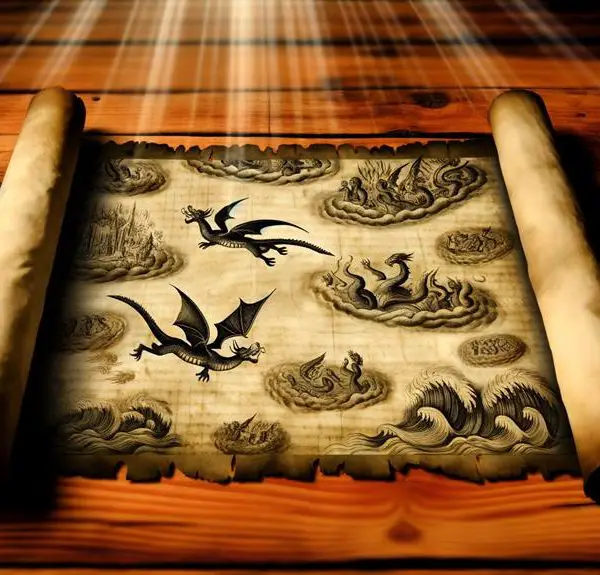
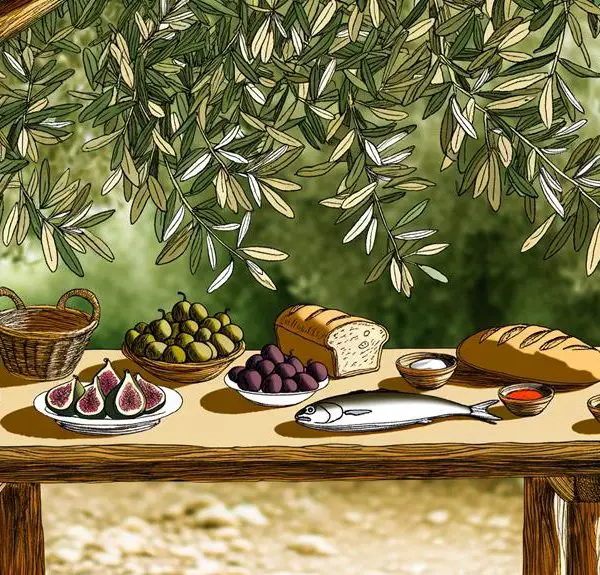
Sign up